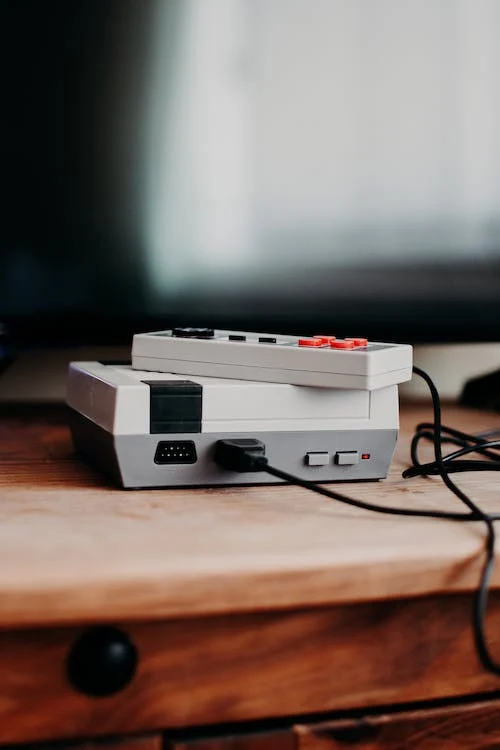Known as one of the first strategy video games, Missile Command is an arcade game developed and published by Atari in 1980. The game involves taking out an endless barrage of missiles by allowing the player to control the counter-missiles to stop and bomb the enemy fire before it hits the ground.
Although the gameplay looks simple on the first levels, there is a lot of strategies involved in Missile Command as the player progresses through the harder missions. Missile Command’s mechanics were considered unique during its publication in the 80s, and the game sparked new ideas for developers to come up with new missile strategy and tactical video games. Who is the one responsible for its interesting gameplay? Let’s find out as we take a peek at the history of the classic video game, Missile Command.
Origins
The idea for Mission Command started when Gene Lipkin, the Vice President of Sales at Atari in the 80s, read a magazine story that has photos of radar screens attached to satellites. The different colors found on the screen inspired Lipkin to tell the developers at Atari to create a video game based on the radar screen. One of the first people that Lipkin spoke to about the idea was Steve Calfee, who was the boss of Dave Theurer, the developer that will eventually be assigned to create the video game.
Lipkin gave the clippings of the magazine story to Calfee, who then passed it to Theurer for the developer to copy the colors found on the screen shown in one of the clippings. Calfee is also the one who gave the directive to Theurer to make the game focus on missiles that are coming down to hit the player, but the player can counterattack using missiles as well.
Hidden Story
Besides its gameplay, the story for Missile command was talked about as well. According to those who worked on the game, the story revolves around a base located on the California coast that is defending the territory against missiles that were launched by the USSR. Because of this story, the developer of Missile Command focused on it being a defensive game rather than an offensive one, as there is no way for the players to attack the USSR, but they do have the means of defending their base against the enemy.
However, the story for the game was not implemented in the finished version, as Theurer believed that players would be more invested in playing if the setting of the game is up to their imagination. Another feature that was scrapped from the game was the railroads where trains carrying missiles and other weapons are passing through, and the player must protect those trains as well from the enemy missiles. But Theurer decided not to put railroads on the levels since it would make the game too complicated.
During the development of Missile Command, Theurer began experiencing nightmares about cities that are being bombarded and destroyed by missiles. Theurer stated that he still dreamt about those nightmares even after the release of Missile Command.
Missile Command’s Release
After six grueling months of development, Missile Command was finally released in arcades in July 1980. The game received massive success in the following months after its release. However, its popularity went through the roof when a port of the game was released for the Atari 2600 home console, as Atari was able to sell 2.5 million copies of Missile Command. The game would then be released for the Atari 5200 in 1982, and the Atari Jaguar in 1995.
Missile Command was a built-in game and also an easter egg in the Atari XEGS, which was released in 1987. If the players didn’t place a cartridge or plugged in a keyboard once they turn on the console, an Atari 2600 version of Missile Command would boot up automatically.
Sequels and Remakes for Missile Command
A sequel for the game, called Missile Command 2, was supposed to be published in the 1980s, but it was never released due to unknown reasons. A prototype for the sequel that was inside an arcade cabinet was discovered in Santa Clara, California, and the game features the same gameplay elements found in Missile Command, but two players can play it at the same time to eliminate all the missiles that are going to hit their bases.
There is another sequel for Missile Command that was not considered as one by Atari, and it is called Liberator. Released in 1982, Liberator features a reversed gameplay mechanic to Missile Command, as the player is the one who is attacking the base rather than defending it.
A 3D remake of Missile also exists, and it was released for Microsoft Windows PC and the Sony PlayStation in 1999. Another remake was also developed and released in 2007 for the Microsoft Xbox 360, and the version features HD graphics to make the game look more realistic.
Because of its popularity not only amongst older gamers but also younger ones, the original version of Missile Command and its Atari home console variants are being rereleased constantly in the form of collections that also includes other classic Atari video games such as Pong and Asteroids.

